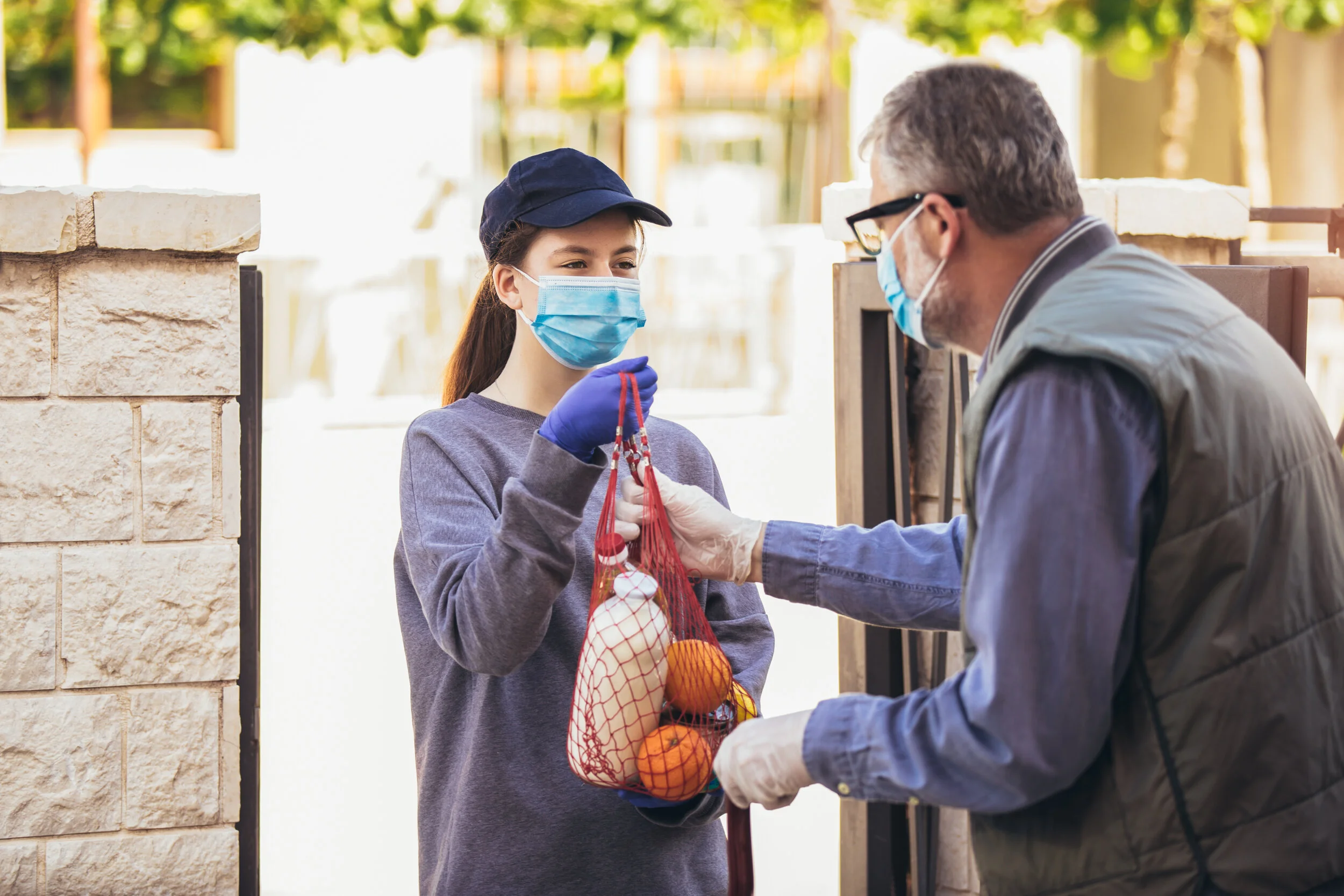The COVID-19 pandemic has not only caused an unprecedented public health crisis in the United States, but it has laid bare many of the gaps, disconnects and system failures that already existed in our society. It’s been estimated social determinants of health (SDOH) – or how we live and work affect our health outcomes – affect 68% of Americans. SDOHs include stability of living arrangements, access to transportation, access to healthy food and more. COVID-19 has only exacerbated these problems — or made them downright untenable for much of the population. It’s up to individuals, entrepreneurs, businesses and care organizations to come together and meet these needs in every community.
Related Content: Read more on the latest communications strategies in a COVID-19 world.
Housing instability
Even before COVID-19, many low-income households were teetering on the edge of housing instability. According to the National Low Income Housing Coalition (NLIHC), nearly eight million extremely low-income renter households spent over half their income on housing, leaving them little to save for an emergency. And now that an emergency is here, they face an unthinkable dilemma.
That’s why coalitions of landlord and tenant advocates are banding together around the country — including in our Minneapolis community — to lobby lawmakers and help create rental assistance programs. Additionally, individual landlords are reducing their tenants’ rent or forgiving it altogether for the duration of the pandemic.
For a granular picture of how this issue is affecting your community, check out a county-by-county interactive map of housing instability, homelessness and COVID-19 from the NLIHC.
Related Content: Learn how communities are maintaining the World Health Organization’s eight domains of livability.
Food insecurity
At the beginning of 2020, 135 million people around the world faced extreme hunger. And now, according to the World Food Program, that tragic figure could double by the end of the year because of COVID-19. By the end of April, more than one in five U.S. households were food insecure. Food-insecure individuals are also more likely to suffer from poorer health and diet-related conditions like diabetes, putting them at greater risk for complications due to the virus. That makes addressing food shortages one of the most urgent secondary goals of this public health crisis.
To meet this challenge, many communities have turned to innovative digital measures such as the Free Meals for Kids mobile app in Minnesota. The app helps connect families with children to the closest site providing meals and meal packs. These sites are providing invaluable meals while decreasing social exposure. They are also reducing the transportation burden for families by offering drive-through pickup, and even coordinating meal deliveries via bus routes.
Of course, food banks and pantries around the country are also desperate for donations and volunteer help during this time. Find your local food bank to contribute.
Transportation reliance
Given the communicable nature of COVID-19, it’s no surprise that the pandemic has gravely affected the use of public transportation. Demand is down almost 75% nationally, with major cities like San Francisco and Seattle experiencing drops in the range of 80–90%. However, many low-income individuals have no choice but to rely on the transit system. That has put the onus on these organizations to retool their services on the fly to deliver safe, efficient transportation options for their communities.
That’s why the Central Ohio Transit Authority put its surplus of vehicles and drivers to use serving hospitals, grocery stores, food banks and more. Meanwhile, the Los Angeles Metro Transportation Authority expanded its traditional linear routes to become “zones,” providing trips to key services like pharmacies, groceries and more.
Social isolation
In 2019, 34% of adults age 50 – 80 reported feeling lonely. And as the COVID-19 crisis continues to unfold, that population is at risk of experiencing deepening feelings of loneliness and isolation — in addition to the risks they already face from the virus. Elderly populations living in nursing homes have largely been cut off from family and friends. And the 1 in 5 Americans who experience a mental health condition face heightened risks of anxiety and depression.
To combat this problem, many local senior care organizations are offering phone reassurance services, where volunteers can call homebound seniors to offer greetings and support. Volunteer groups across the country are also helping to purchase groceries and other essentials for immune-compromised individuals. You can use the National Council on Aging’s Map of Partners & Programs tool to find opportunities to serve the elderly in your area.
An opportunity for transformation
These social determinants of health have always existed in our society. But the COVID-19 crisis has exposed and exacerbated them in a way that wouldn’t have seemed possible only a few months ago. However, this extraordinary moment in our history could also provide an opportunity for true transformation. Now that these gaps have been exposed, our communities can come together to identify long-term, resilient solutions.
Are you looking for a partner to help your organization remain resilient through crisis? Get in touch with Mindsailing.

